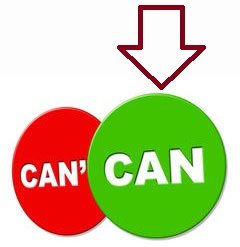Results
Results Section
- Start chapter 4 with restatement of the problem
- Use past tense to record what you found.
- The results are a straightforward description of your statistical or qualitative analyses and findings. In this stage, you should not elaborate on findings. Later on, (in Discussion section), you can go into the details.
- In Results and Discussions, you can get the most out of tables, figures, bars, charts, diagrams, histograms, etc., but you should give descriptive statistics before inferential statistics.
- Double space the whole body of the text, as it is typical of APA Style.
- Consider your findings, information, and all the statistics and numbers. Make sense of them, summarize them, include tables or figures to manifest the information more easily.
- First give a general description of the findings, and then go into the details. In quantitative research, first present descriptive statistics and then go on to inferential statistics. Also in quantitative research, you should emphasize the meaning of statistics and the significance of the variables.
- Do not discuss the implication of the results in this section.
- If you are presenting a lot of material here, you may wish to employ subheadings to categorize the materials.
- Be careful of the word “prove” because statistical tests are based on probability and can be in error, they do not really prove anything.
- You may focus on causality or correlation of variables. E.g., A caused B; or There is a close correlation between A and B.


